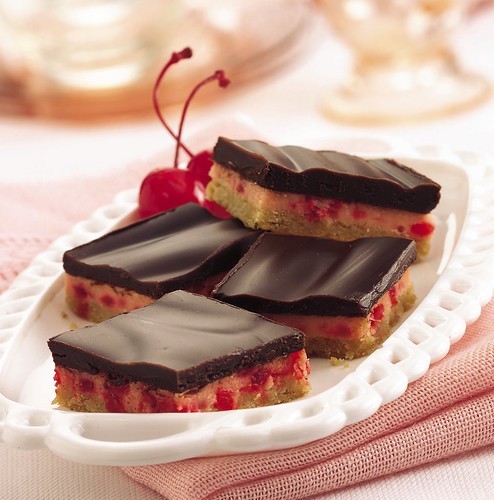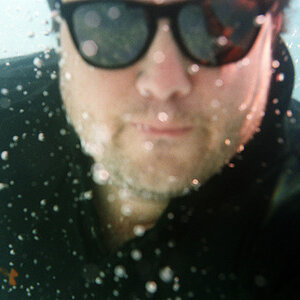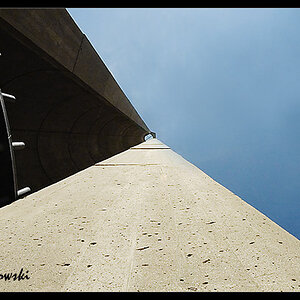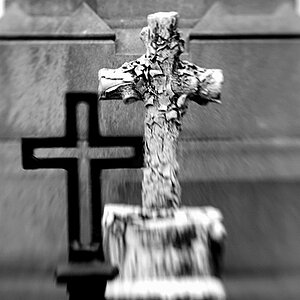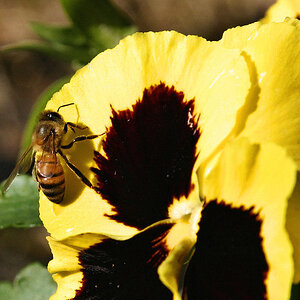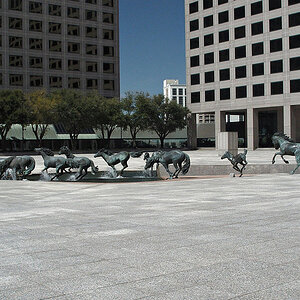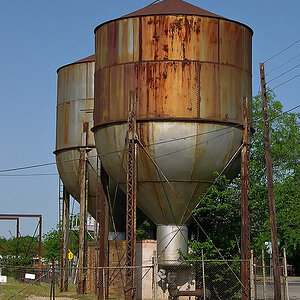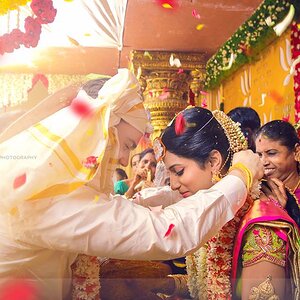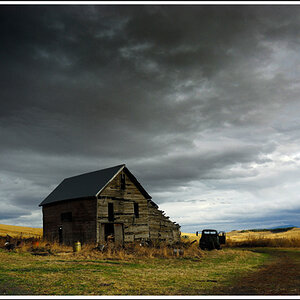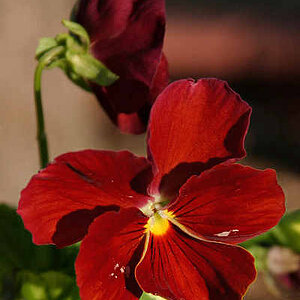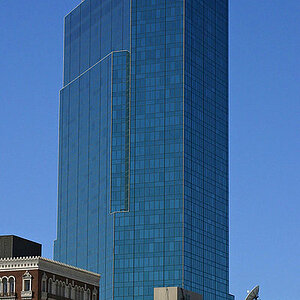katerolla
No longer a newbie, moving up!
- Joined
- Oct 25, 2008
- Messages
- 202
- Reaction score
- 26
- Location
- Newcastle Australia
- Can others edit my Photos
- Photos OK to edit
Bitter Jeweler is right
I wouldn’t go onto a cooking forum and start by saying help me become a chef because I'm sick of paying for your services you chefs.
I wouldn’t go onto a cooking forum and start by saying help me become a chef because I'm sick of paying for your services you chefs.


